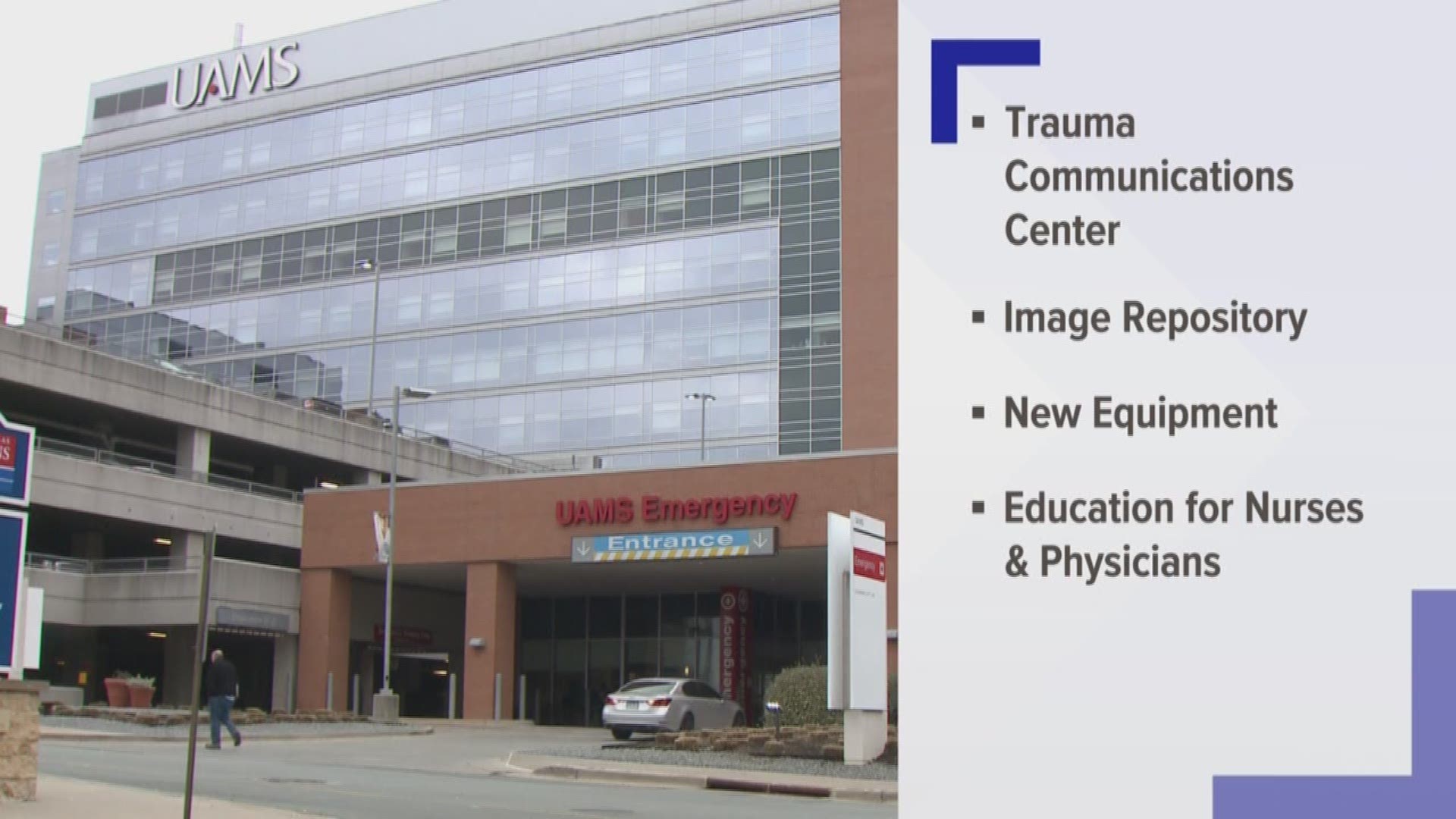In 2009, the Arkansas legislature passed a law to increase the tax on cigarettes, raising the price by 56 cents per pack. A viewer, curious to know about the funding its generated, asked if the money was ever used to build a trauma center. If it wasn’t, what is the tax still being used for?
We talk to the Arkansas Department of Health to get an update on what's taken place since the tax was implemented.
"It's much more than a trauma center. It really is funding a comprehensive integrated system of care," Trauma Branch Chief at The Arkansas Department of Health Greg Brown said.
Brown also said that at one point, Arkansas had one of the highest mortality rates for trauma in the country. Prior to 2009, Arkansas was the only state without a designated trauma center.
Once the tobacco tax was implemented, the state began to expand its system.
“What we found is that over that short period of time we were able to reduce mortally in Arkansas up to 50 percent during that time," Brown said.
It's a voluntary system, so hospitals can choose to opt in or opt out. There are currently 61 trauma centers across the state and outlying areas of Arkansas.
But it's not just the hospitals that participate.
“Our EMS services are also participating every year and they're funded to make sure that patients get to the right hospital at the right time to get the right care," Brown said.
There are many components to the state's trauma system. The money generated from the tobacco tax is also used to fund different aspects such as the Trauma Communications Center, image repository, new equipment and education for nurses and physicians.
“The legislature continues to appropriate that funding and we're gracious for that allowing us to support the hospitals and EMS services through subgrants,” he said.
Funding that's helping the system function for years to come.
“The implementation of a trauma system has saved countless lives in Arkansas in a short period of time and we continue to show improvement year over year,” Brown said.
Since July of 2009, roughly $170 million dollars has gone towards the state’s health care system.

